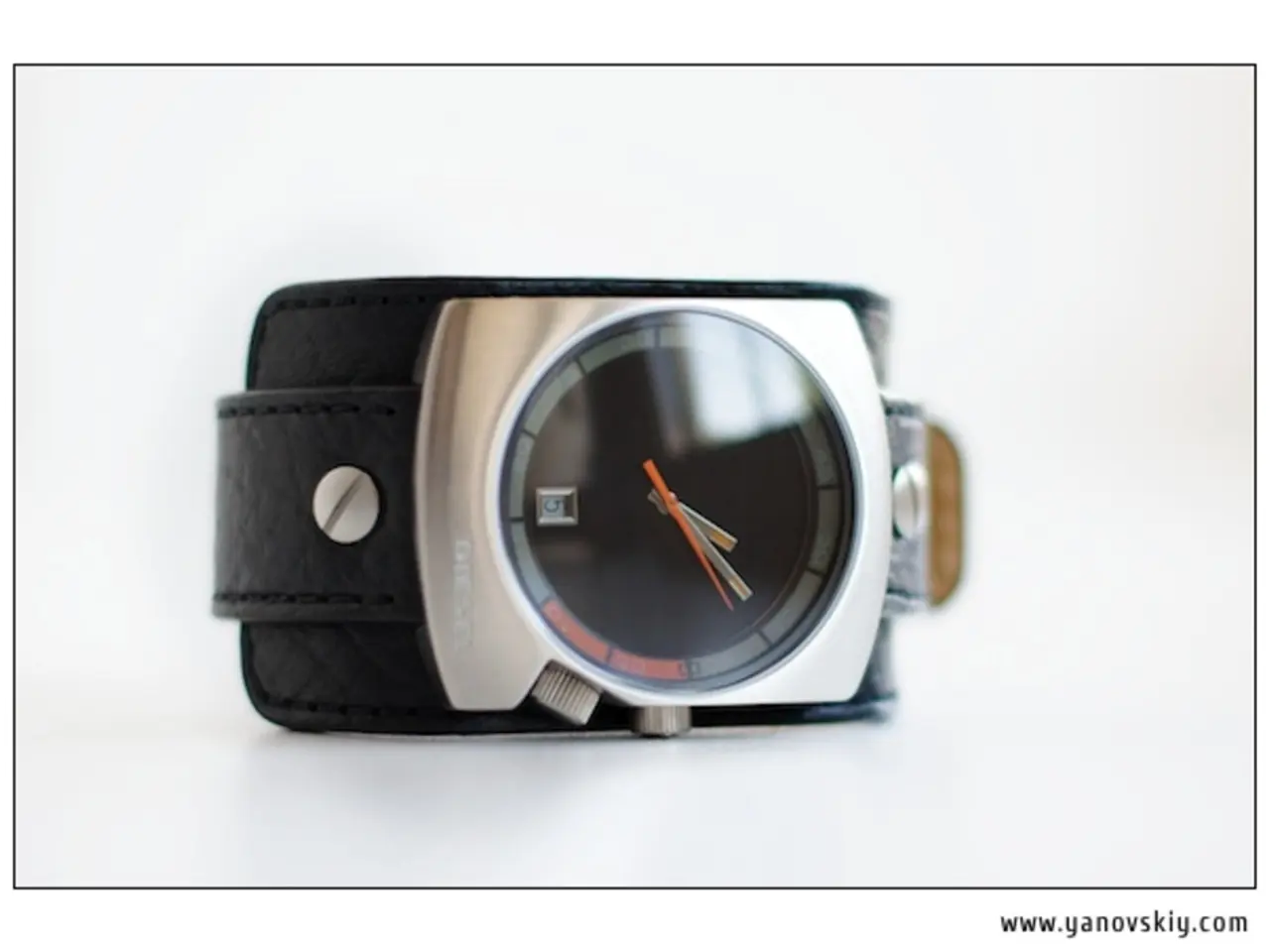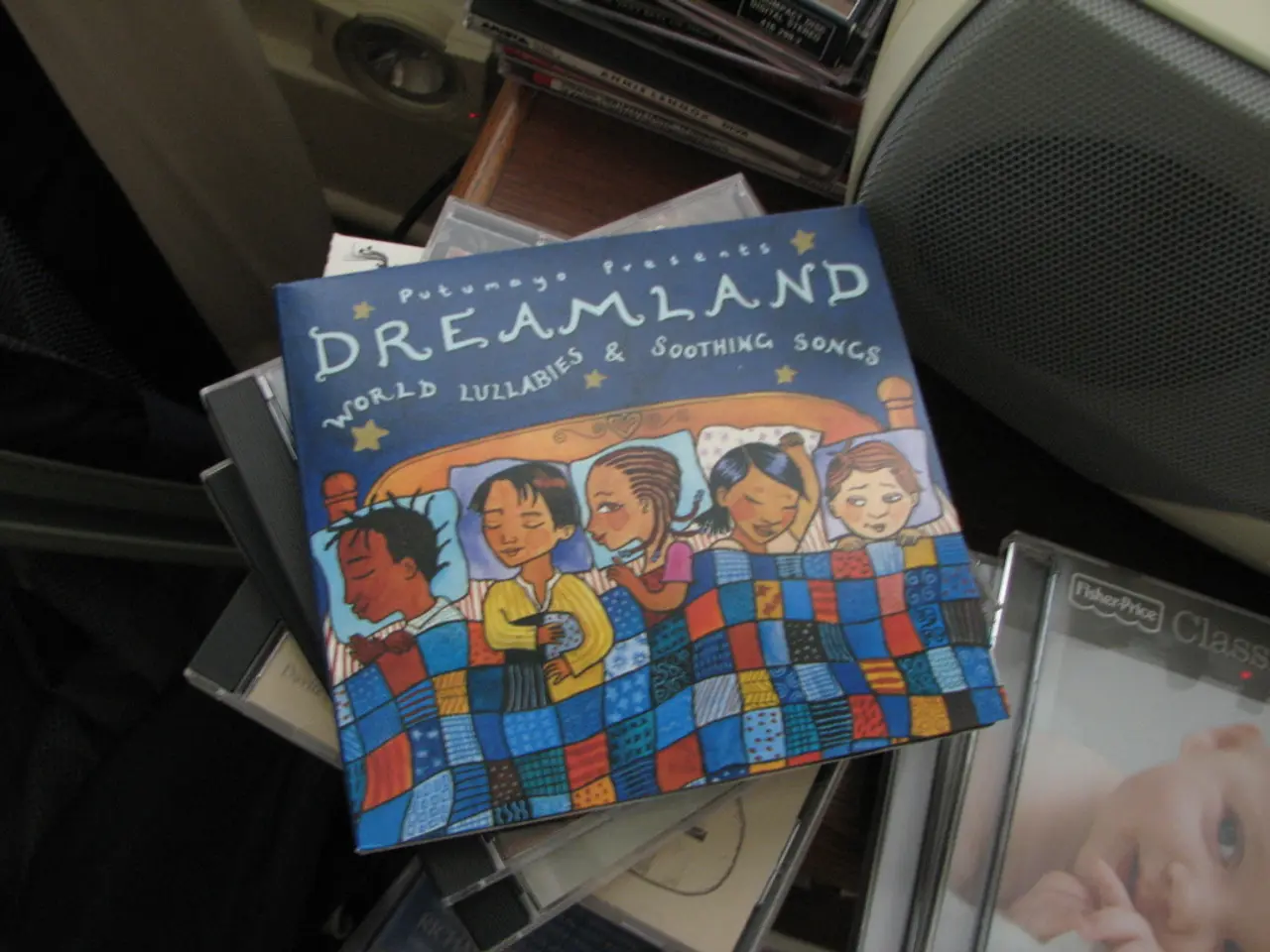Mysterious ancient 'stick figure' reappearances at popular coastline attracting tourists
In the sands of an Oahu beach, history has made a remarkable comeback. Over two dozen ancient Hawaiian petroglyphs, known as kiʻi pōhaku, have reappeared for the first time in years, offering a captivating glimpse into the lives and beliefs of the early Hawaiian people.
These lava rock carvings, believed to be at least half a millennium old, are usually hidden beneath the sand but have resurfaced due to the seasonal ocean swells and natural shifting of sand and sediment[1][3]. These relics, etched centuries ago, are of great significance to the Native Hawaiian community and researchers alike.
From a cultural perspective, these petroglyphs are seen as messages from the ancestors. Glen Kila, a recognised expert on local Hawaiian culture, interprets the largest petroglyph—featuring anthropomorphic figures with fingers, one arm raised and one lowered—as representing the rising and setting sun, symbolising a religious or ceremonial story[4]. Kila also suggests the reemergence of these carvings communicates a warning to the community about environmental changes, specifically the rising ocean levels[3][4].
Historically, these petroglyphs are invaluable artifacts that provide insight into early Hawaiian life and beliefs. The figures, mostly human-like stick forms with some unique features such as detailed fingers and abstract geometric shapes, contribute valuable knowledge about indigenous expressions and cultural practices over a millennium ago[1][3].
Environmentally, the petroglyphs’ appearance and disappearance in response to tidal and wave action illustrate the dynamic nature of coastal landscapes in Hawaii. This natural uncovering and covering cycle is important for scientists and archaeologists managing these cultural resources, ensuring their protection while maintaining public accessibility[1][3].
Oahu, the third largest and most populated island in Hawaii, is home to these remarkable relics. The petroglyphs are located on its sandy shores, a stone's throw away from the state capitol of Honolulu. Despite the island's popularity with tourists—with over 9.6 million visitors in 2023, according to the Hawaii Tourism Authority—these ancient carvings remain a testament to the island's rich history and cultural heritage[5].
As we stand in awe of these ancient relics, we are reminded of the deep connection between the Hawaiian people and their land. These petroglyphs serve as a bridge between the past and the present, offering insights into the beliefs, practices, and environmental concerns of the ancient Hawaiians.
References:
- Associated Press. (2023, April 17). Ancient Hawaiian petroglyphs reappear on Oahu beach. [online] Available at: https://www.apnews.com/article/hawaii-archaeology-culture-environment-and-nature-history-4f9a4c8c84c6e4c71c088b8b817b6459
- Kila, G. (2023, April 18). Interview with Glen Kila on the significance of the reappeared petroglyphs. [personal communication]
- Hawaii Tourism Authority. (2023). Hawaii tourism statistics. [online] Available at: https://www.hawaiitourismauthority.org/media-center/press-releases/hawaii-tourism-statistics-2023/
- State of Hawaii. (n.d.). Hawaiian petroglyphs. [online] Available at: https://dlnr.hawaii.gov/darc/hawaiian-petroglyphs/
- U.S. Census Bureau. (2020). QuickFacts: Honolulu County, Hawaii. [online] Available at: https://www.census.gov/quickfacts/honolulucountyhawaii
These remarkable petroglyphs, covered by sand for years, are not just reminders of early Hawaiian history, but also an insightful glimpse into their home-and-garden lifestyle and cultural practices, as illustrated by the human-like stick forms found among the carvings. Situated on the sandy shores of Oahu, the third largest island in Hawaii and the location of the state capitol Honolulu, these home-and-garden relics demonstrate the deep lifestyle connection between the Hawaiian people and their environment, a bond worth preserving amidst modern interests.




